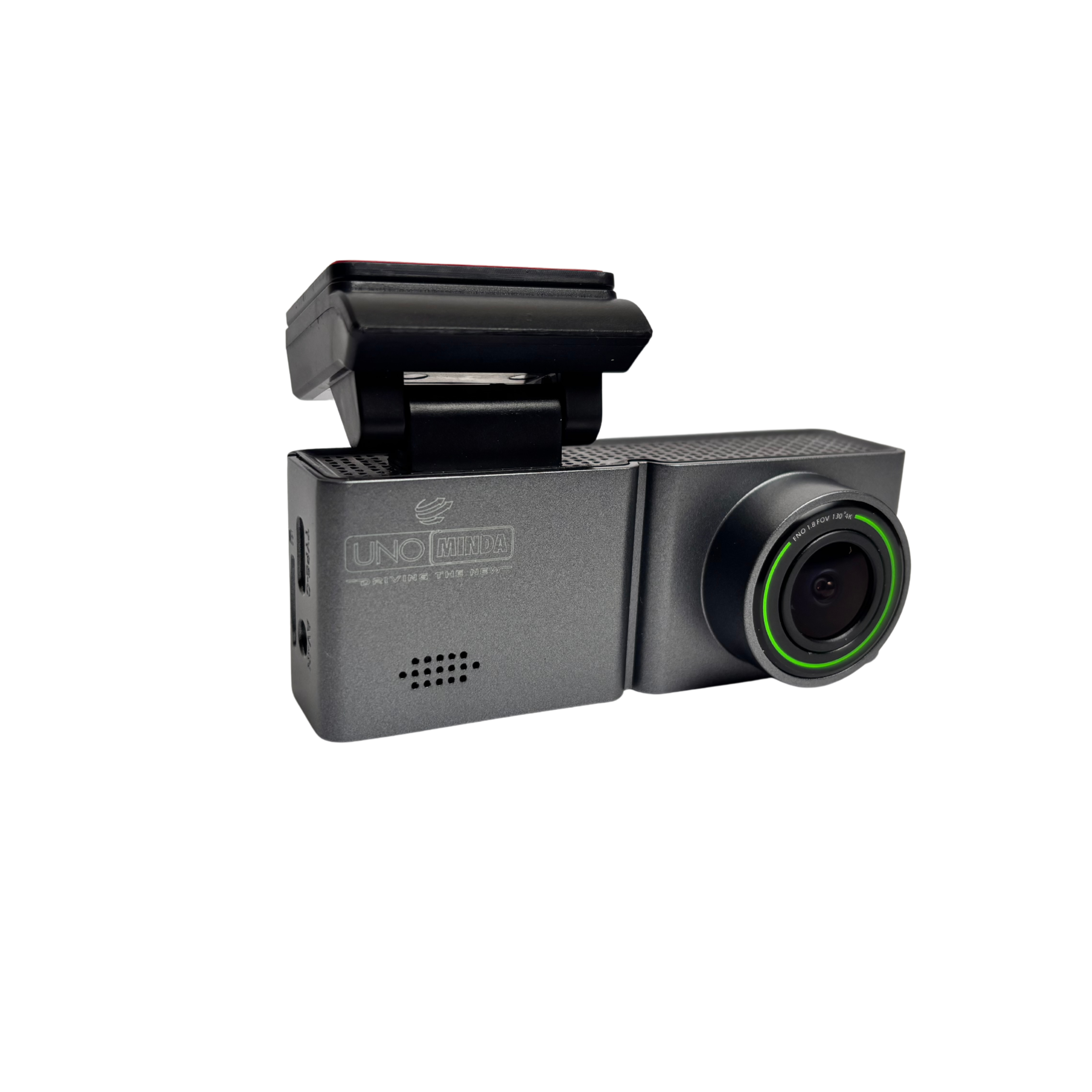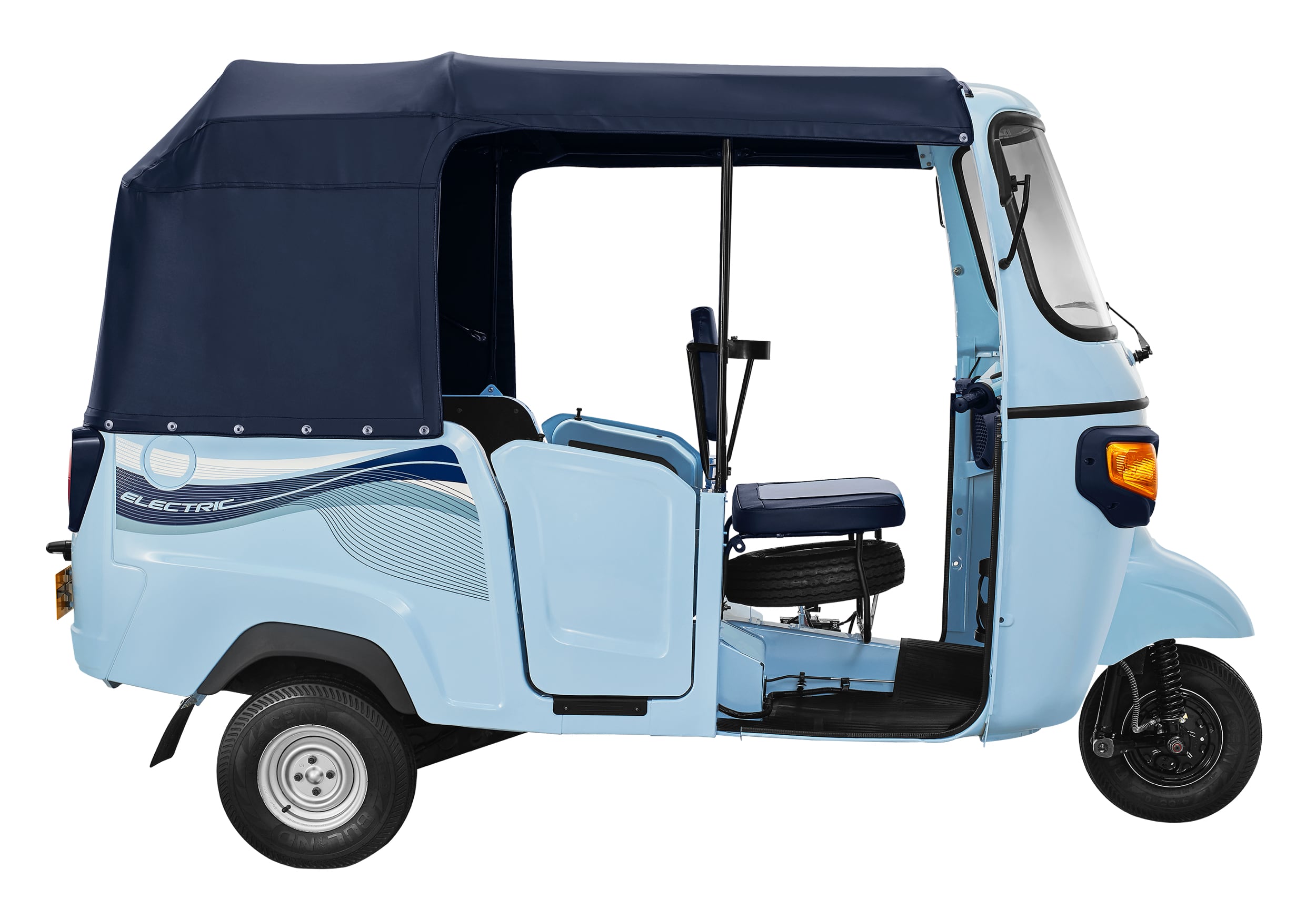Story by: Bhargav TS
Global automotive component and technology major ZF Friedrichshafen AG introduced an ‘electrified’ clutch that makes manual powertrains even more efficient. ZF launched the Clutch-by-Wire (CBW) system for the global market. It is an electromechanical actuator system that, for the first time, controls the clutch independently of the driver’s left foot and without a mechanical connection to the pedal. This enables car designers to implement fuel-saving features. Due to the upcoming new emission regulations in India, all the OEMs are working on reduction of CO2 emissions and to increase fuel efficiency of a manual transmission (MT) system. In order to support the need, ZF India plans to bring CBW to the Indian market.
Though manual transmissions are losing market share in favour of automatic transmission, the absolute number of MTs – and thus, clutches – is expected to increase in the coming years. However, the current forecasts also show that the overall sales curve for MT will continue to point upward for a long time in the emerging markets like India. At the same time the increasingly tough emission regulation is also driving the component makers and OEMs to innovate systems to increase the overall fuel efficiency.
Speaking to Auto Components India, Jorg Buhl, Manager, Car Powertrain Technology, Design Actuation Systems, ZF Friedrichshafen AG said, “The main idea to develop this system is to actuate the clutch electronically by an integrated electric motor. With this system, the fuel consumption and therefore CO2 emissions drop by up to 10%.” The soaring function alone, which requires an automatic transmission or an automated form of clutch control – could generate as much as 10% less fuel consumption. The CBW enables car designers for the first time to combine soaring with manual transmission.
Explaining how the CO2 and fuel consumption is reduced, Buhl said, “If the vehicle has achieved a certain speed on the highway, the driver can put his feet on the accelerator pedal, the system will detect the situation and will open the powertrain automatically by itself. So the combustion engine will run, for example at idle speed and with the open powertrain you have reduced the friction inside and can roll for a long distance and this will reduce the fuel consumption and the CO2 emissions. If the driver presses the accelerator pedal, the clutch will be closed again and can continue the driving. This is the latest development that we are doing at the moment for the manual transmission systems. Furthermore you can improve the comfort of the MT system with the CBW system. With this system, we have the possibility to implement new functions for safety, comfort and surely at the end to make a manual transmission system possible for reduction of fuel consumption.”
CBW controls the clutch independently of the driver’s left foot and without a mechanical connection to the pedal. This adds functions to manual systems that were previously reserved for automatic or automated transmissions: above all fuel-minimising coasting. Apart from this the drivers should also work with the sailing function to reduce CO2 further. ZF’s fuel-saving sailing function separates the engine from the rest of the driveline in suitable situations and automatically engages the clutch. ZF has now also made this possible for automated manual transmission (AMT).
Sailing functionality
The clutch-by-wire clutch actuator is a further development of the tried and tested ZF AMT clutch actuators. So the company has developed its AMT clutch actuator to the new level, especially for the CBW application. Therefore the system had sailing functionality in an AMT application also. Buhl added, “We have done the test in Germany with the AMT-fitted car, which was equipped with sailing functionality. In the total 1400 km drive, we tested the vehicle with the sailing functionality for 700 km and the remaining without sailing functionality. We figured out the benefits from around 5 to 7%. All in all, this probably makes us the only partner that supplies a sailing concept for every car segment and virtually all commonly used transmission types.”
The sailing function makes the most of situations in which the car also has sufficient momentum to freewheel forward. Clutch actuation systems from ZF then temporarily disengage the combustion engine so that it doesn’t suppress this kinetic energy. These can be electronically controlled and activated by wire, providing the basic prerequisite for the sailing function.
The disengaged engine can then idle while consuming a minimal amount of fuel. Ideally, however, it stops completely for a short period of time, because this is the only way in which zero emissions can really be achieved. “It is ultimately the vehicle manufacturers who decide how this concept is integrated into a car. We have also developed the sailing function, turning it into a sailing manager that can react even better to each driving situation,” Buhl said.
MT without clutch pedal
The CBW technology can also be designed for 2 pedal solution, which means, the clutch pedal can be eliminated and can be worked with the MT system. Here the clutch pedal is eliminated and needed some sensor system to detect the wish of the driver to change the gear and also needed some sensors inside the gear to detect the position of the gear. With this combination of sensor system, on shift side and gearbox side the clutch pedal can be eliminated and will have much more comfortable system than the traditional manual system. This will be a big step forward for the comfort of the manual transmission system, says Buhl.
ZF’s CBW is under development and the company is in discussion with several OEMs right now. At present CBW technology is for passenger car application up to maximum 350 Nm. “Today, we have worldwide market from around 37 million manual transmission cars with weight lower than 6 tonne and that’s our market we think about for CBW. If you look at the market in 2024, we see the market will be more or less on the same level. So the market for MT is still given in the future and we just offer the solution to make this MT systems fit for the future to reduce the CO2 norms. When it comes to the Indian market, we know how to develop a smart actuation system with a long life time and wide range of functionalities. If we bring in all this knowledge to the new clutch-by-wire technology, it could be possible to develop such a system in an attractive price range. Many customers in India are showing interest in this product, so we have to wait and see what will be the next step,” Buhl said.
ZF is also mulling entry into AMTs in CVs. The AMT has received a lot of traction in passenger vehicles and going forward could offer a lot of potential for growth in CVs as well. AMT solutions will surely fit in the Indian market and ZF is betting big on it in the coming years. With both the PV and CV market moving up the technology graph, ZF’s focus going forward will be on its in-house technologies, moving to market-oriented technologies and customer-oriented designs.
ZF has developed a strong manufacturing footprint across both the automotive and non-automotive businesses in India since it established operations in the region around 60 years ago. With 2 wholly-owned subsidiaries, 5 joint venture operations and a new technical center dedicated to software engineering, ZF is well positioned to support its customers’ growth aspirations.
Box:
New technologies
In the recently-concluded FISITA 2018, ZF showcased its range of advanced technologies for the Indian market designed for passenger cars and commercial vehicles. The product range for passenger cars includes technologies such as its ProAI supercomputer, electric drive, seat belts, airbags, clutch cover XTend, clutch by wire and advanced driver assist systems (ADAS). In the commercial vehicle segment, the company is highlighted its clutches, dampers and automated manual transmissions. Additionally, ZF also showcased its advanced chassis technology solution mSTARS (modular Semi-Trailing Arm Rear Suspension).
The mSTARS axle concept offers multifaceted applications in the most diverse vehicle segments such as the compact and mid-size car, the luxury vehicle and the sports car. For performance and comfort reasons, in the mSTARS core configuration all control arms are connected to the subframe. In an entry version of the suspension, the longitudinal link can alternatively be attached to the vehicle body. The application in hybrid, fuel cell and battery-powered vehicles is also possible in combination with standard powertrain modules or the active rear-axle steering system known as Active Kinematics Control (AKC).
Dr Holger Klein, Member of the Board of Management, ZF Friedrichshafen AG, said, “India is an important growth market for ZF and we are significantly expanding our presence here – in terms of localisation technologies for our domestic customers but also developing our engineering activities here to support our global business. We are expecting above market growth over the next few years. We have furthermore recently established India as an individual region within our own internal structure, allowing us to place greater focus and attention on this market.”
Suresh KV, President of ZF India, said, “The demo vehicle equipped with mSTARS is a good example of how our global engineering teams work together to develop technologies which meet local market needs. This system can help our customers to meet the new requirements for lightweighting specified in the upcoming BS-VI norms from April 2020. We plan to launch our AMTs and dampers for commercial vehicles by 2020.”












Leave a Reply